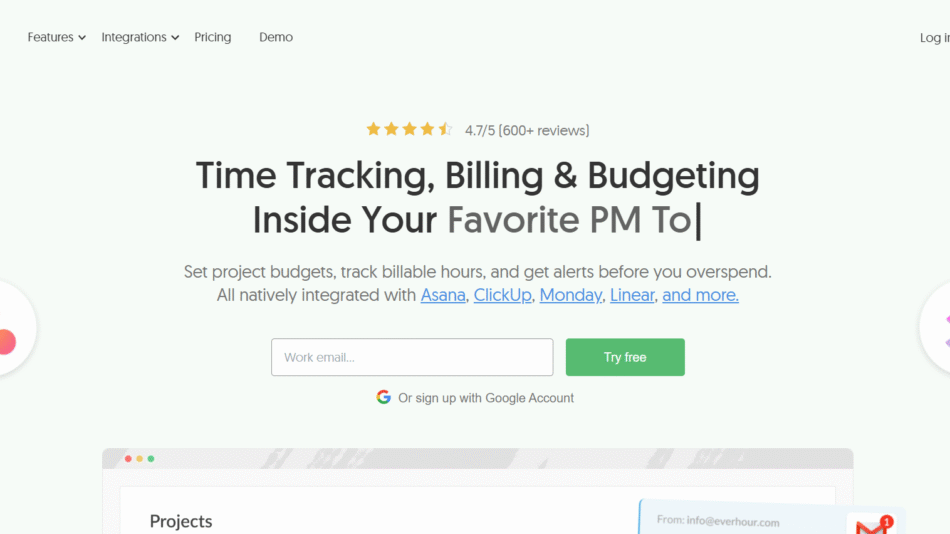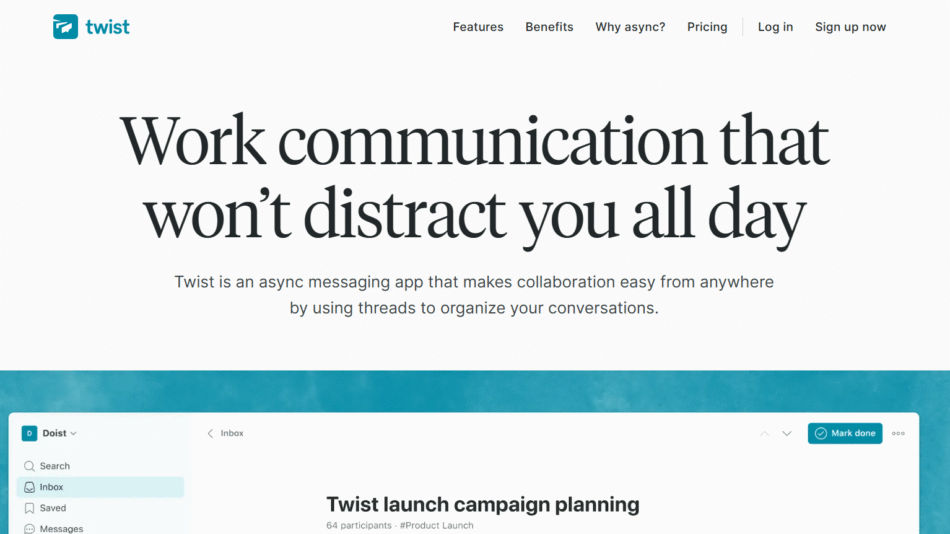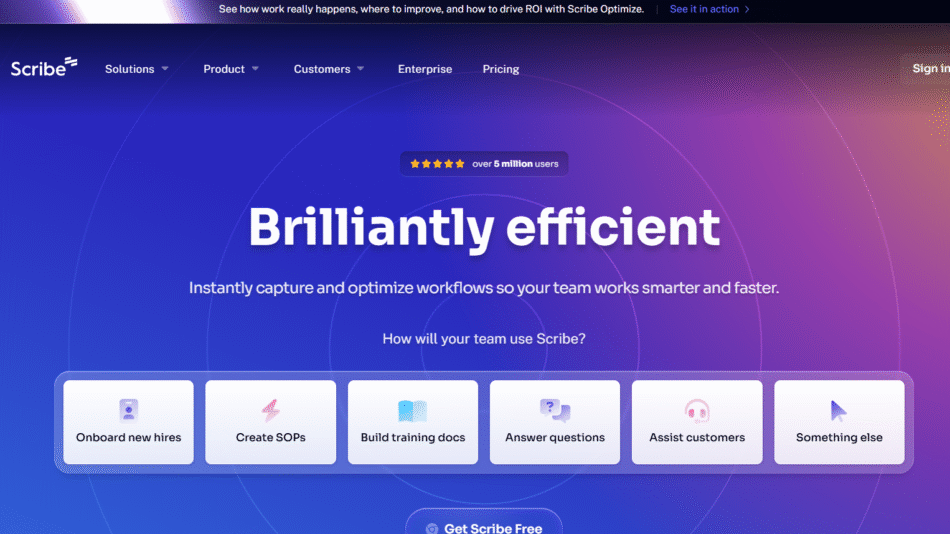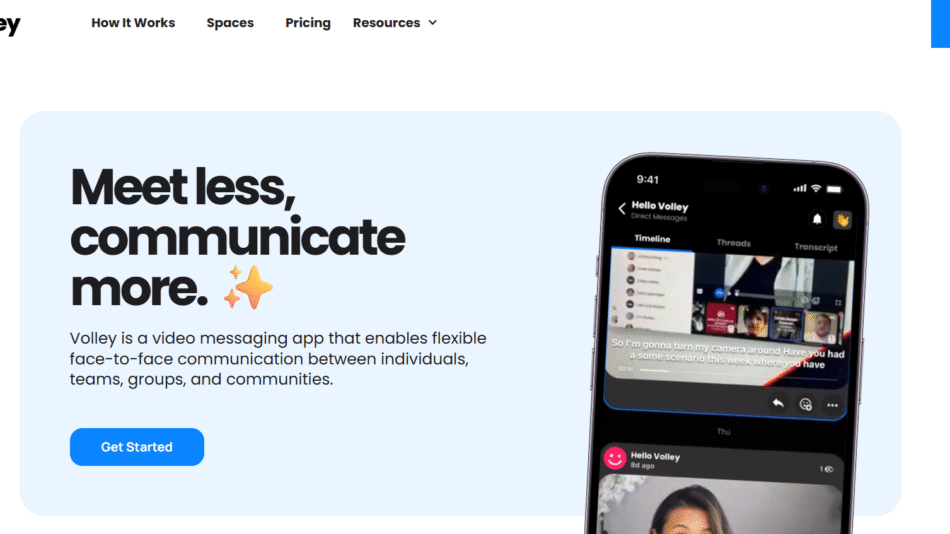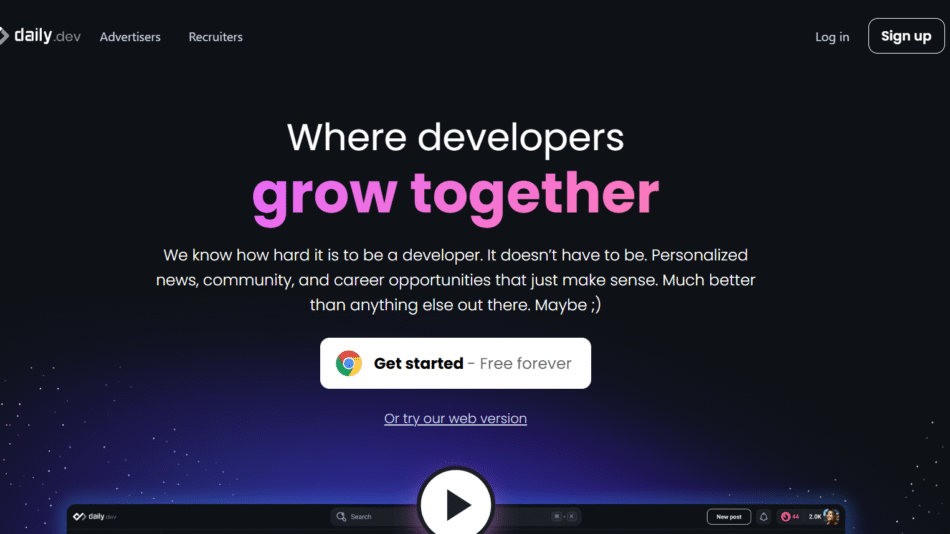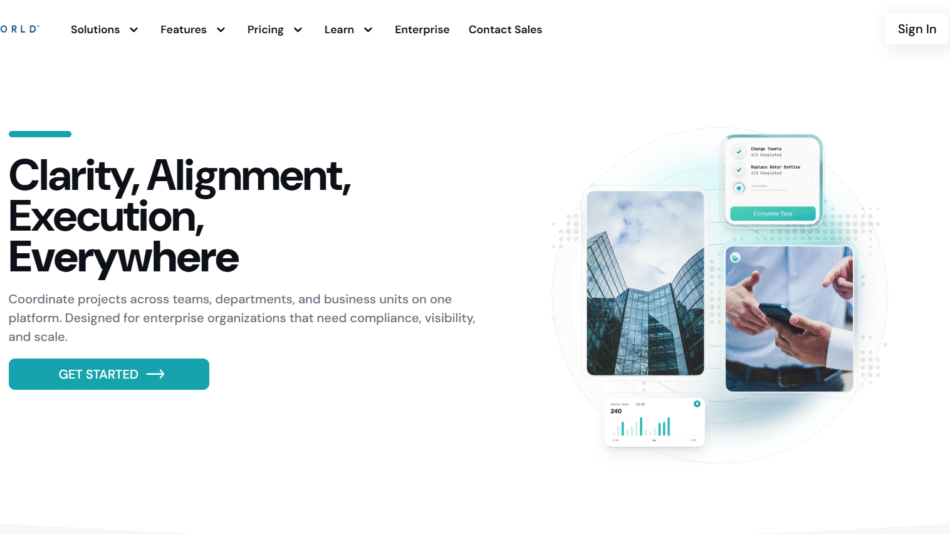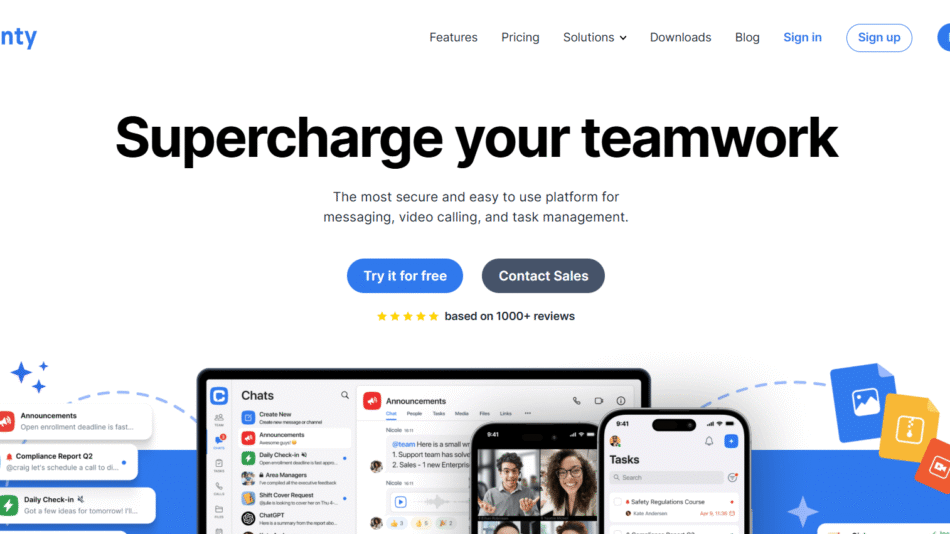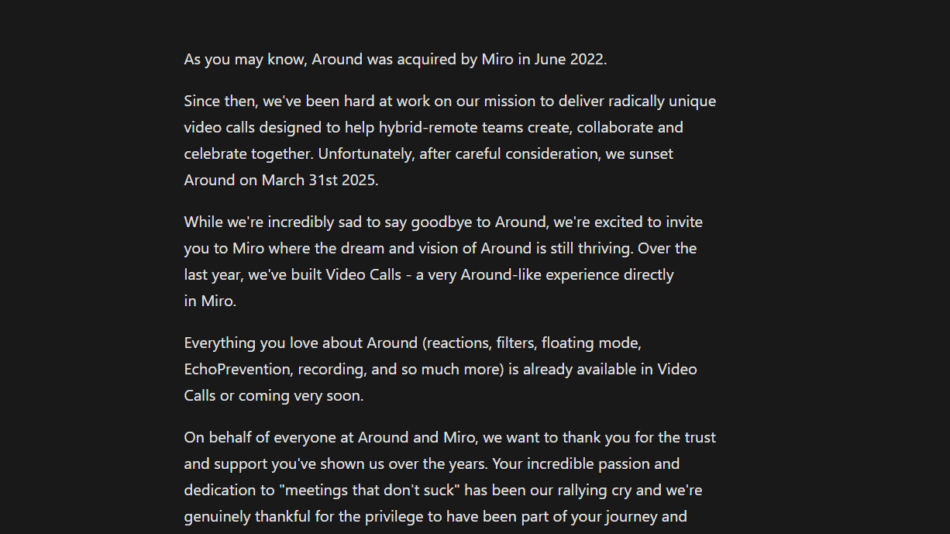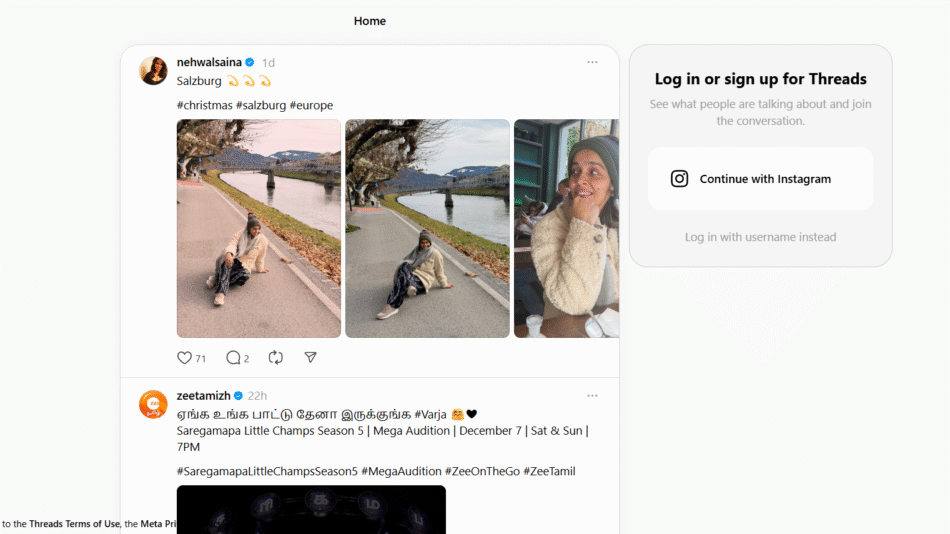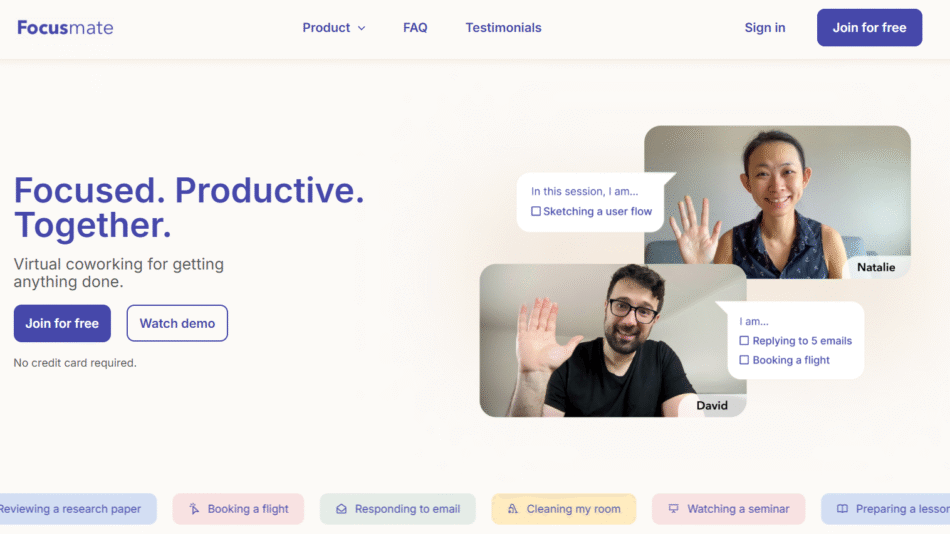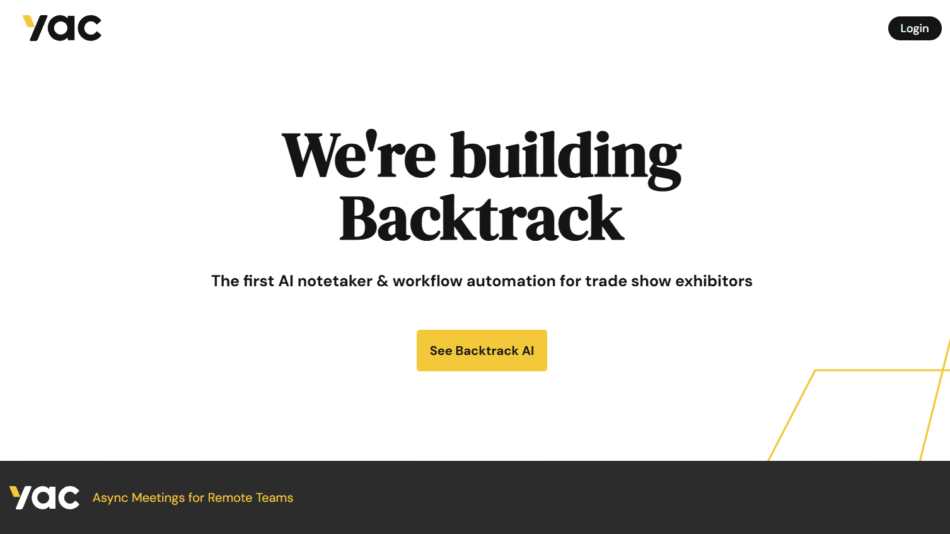Mona is an AI monitoring and observability platform designed to help machine learning teams ensure the reliability, performance, and integrity of their models in production. As machine learning systems become more complex and dynamic, real-time monitoring becomes essential to detect data drift, model degradation, and performance anomalies. Mona provides a robust solution that enables proactive monitoring across the entire AI lifecycle.
The platform is used by data science, MLOps, and analytics teams to gain visibility into deployed models, regardless of where they are hosted or how they were built. Mona integrates seamlessly into existing ML workflows, providing deep insights into model behavior and surfacing issues before they impact end users or business outcomes.
Features
Mona delivers a comprehensive suite of monitoring tools to support scalable and reliable AI systems in production.
The core feature of Mona is customizable AI observability. Teams can define their own metrics, thresholds, and KPIs that matter most for their specific models and business use cases. This flexibility allows for precise tracking of what’s important, whether it’s prediction confidence, latency, or business-specific indicators.
Mona provides real-time anomaly detection, enabling teams to receive alerts the moment something unusual happens—such as a drop in model accuracy, a spike in latency, or a sudden change in input data distributions.
The platform supports multi-dimensional slicing, which allows users to filter and monitor model behavior across segments such as geography, customer type, device, or any other custom dimension. This helps identify specific conditions under which a model may underperform.
Data drift and concept drift detection are also key capabilities. Mona continuously evaluates the incoming data against historical baselines to identify shifts that may compromise model validity.
The platform includes integration support for cloud environments, ML platforms, and data pipelines. It supports ingestion from sources such as AWS S3, BigQuery, Snowflake, Airflow, and model serving platforms like SageMaker, Vertex AI, and Databricks.
Alerting and incident management tools are built in, allowing seamless collaboration with tools like Slack, PagerDuty, or email when performance anomalies are detected.
How It Works
Mona works by connecting to your data pipelines and model serving infrastructure. Teams send logs or metadata related to model predictions, inputs, outputs, and performance indicators directly to Mona via APIs or SDKs.
Once the data is ingested, Mona applies statistical models and configurable thresholds to monitor for anomalies, data drift, and performance drops. The system can analyze both batch and real-time predictions, making it suitable for various ML deployment architectures.
Users configure dashboards and alerting rules based on their operational and business goals. When Mona detects an issue, it sends detailed alerts that include the affected segment, timeline, and metric deviations, helping teams respond quickly and effectively.
Mona also provides historical reports and visualizations, allowing users to track model performance trends over time and make informed decisions about retraining or re-deployment.
Use Cases
Mona supports a wide range of use cases across different industries and model types.
In fintech, Mona is used to monitor fraud detection models. These models must operate with high accuracy and low false positives. Mona helps detect when the model’s performance degrades due to seasonal shifts or changing transaction behaviors.
In e-commerce and marketing, personalization engines and recommendation systems are monitored using Mona to ensure that customer targeting remains accurate and relevant as consumer behavior evolves.
Healthcare providers use Mona to ensure that predictive models used for diagnosis or treatment recommendations remain compliant and accurate across different patient populations.
Manufacturing companies use the platform to monitor quality control models that analyze sensor data or product images. Mona helps detect when environmental changes cause a model to produce inconsistent results.
In customer service and NLP applications, Mona tracks chatbot and sentiment analysis models to ensure they respond accurately and respectfully, particularly as language usage and user input changes over time.
Pricing
Mona does not publicly list fixed pricing plans on its website. The platform operates on a customized pricing model that considers factors such as the number of monitored models, data volume, and specific enterprise needs.
Organizations interested in Mona can request a personalized demo and receive a tailored quote based on their infrastructure, use case complexity, and scale. Mona’s team works closely with clients to provide a pricing plan aligned with their MLOps goals and budget.
To get accurate pricing information, it is recommended to contact Mona directly via their website’s demo request form at monalabs.io.
Strengths
Mona excels in providing a flexible, robust, and highly customizable AI monitoring platform. It is designed specifically for AI/ML observability, giving it a technical edge over general-purpose monitoring tools.
The platform supports multi-model and multi-environment monitoring, which is critical for enterprise ML teams operating across different products and regions.
Its real-time anomaly detection and multi-dimensional slicing help uncover model failures that would otherwise go unnoticed.
Mona’s integration ecosystem is extensive, making it easier to incorporate into existing MLOps workflows with minimal disruption.
Another key strength is the platform’s support for collaboration. Mona enables teams to quickly investigate and resolve issues using rich visualizations, contextual metrics, and alerting tools.
Drawbacks
Mona is focused on enterprise-grade solutions, which means small teams or early-stage startups may find it less accessible in terms of pricing or onboarding complexity.
The platform requires integration with your existing pipelines and infrastructure, which may take time and development resources to implement fully.
Because Mona is highly customizable, it may involve a learning curve for teams unfamiliar with setting custom monitoring metrics or managing ML observability platforms.
Additionally, as of this writing, Mona does not offer a publicly available free tier or sandbox environment, which can limit trial opportunities for evaluation.
Comparison with Other Tools
Compared to traditional APM (Application Performance Monitoring) tools like Datadog or New Relic, Mona is built specifically for ML and AI workflows. These traditional tools often lack the ability to monitor data drift or prediction-specific metrics.
When compared to other ML monitoring platforms like Arize AI, WhyLabs, or Fiddler, Mona stands out for its focus on customizable observability, advanced slicing capabilities, and enterprise readiness. It is well-suited for teams that require deep monitoring flexibility and cross-functional collaboration.
While open-source tools like Evidently AI or Prometheus extensions offer monitoring capabilities, they often require more manual setup and lack the commercial support and user-friendly dashboards Mona provides.
Customer Reviews and Testimonials
According to testimonials on Mona’s official website and external review sites, customers praise the platform for its ability to detect issues early and reduce the time spent manually debugging models.
Data science and MLOps teams frequently highlight the platform’s configurability and ease of integration into complex infrastructures. One customer mentioned that Mona helped them catch a silent model failure within hours that would have gone unnoticed for weeks.
Mona’s support team is also noted for being responsive and knowledgeable, assisting with both technical setup and best practices for observability.
Overall, clients report increased model reliability, faster issue resolution, and improved collaboration between data science and engineering teams after implementing Mona.
Conclusion
Mona is a purpose-built AI observability and monitoring platform that addresses the critical need for visibility into machine learning systems in production. By offering real-time anomaly detection, customizable metrics, and multi-dimensional slicing, it equips ML teams with the tools needed to ensure model performance and reliability at scale.
Its deep integration capabilities, focus on enterprise use cases, and actionable insights make it a strong choice for organizations that depend on AI to drive core business functions. While it may not be the best fit for smaller teams or those seeking a lightweight solution, Mona delivers significant value for mature ML operations that demand robust monitoring and fast incident response.


